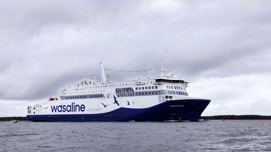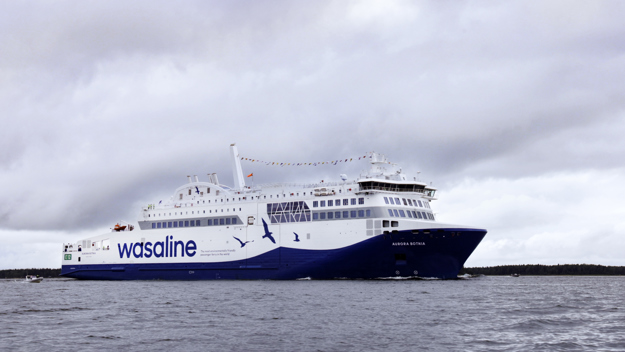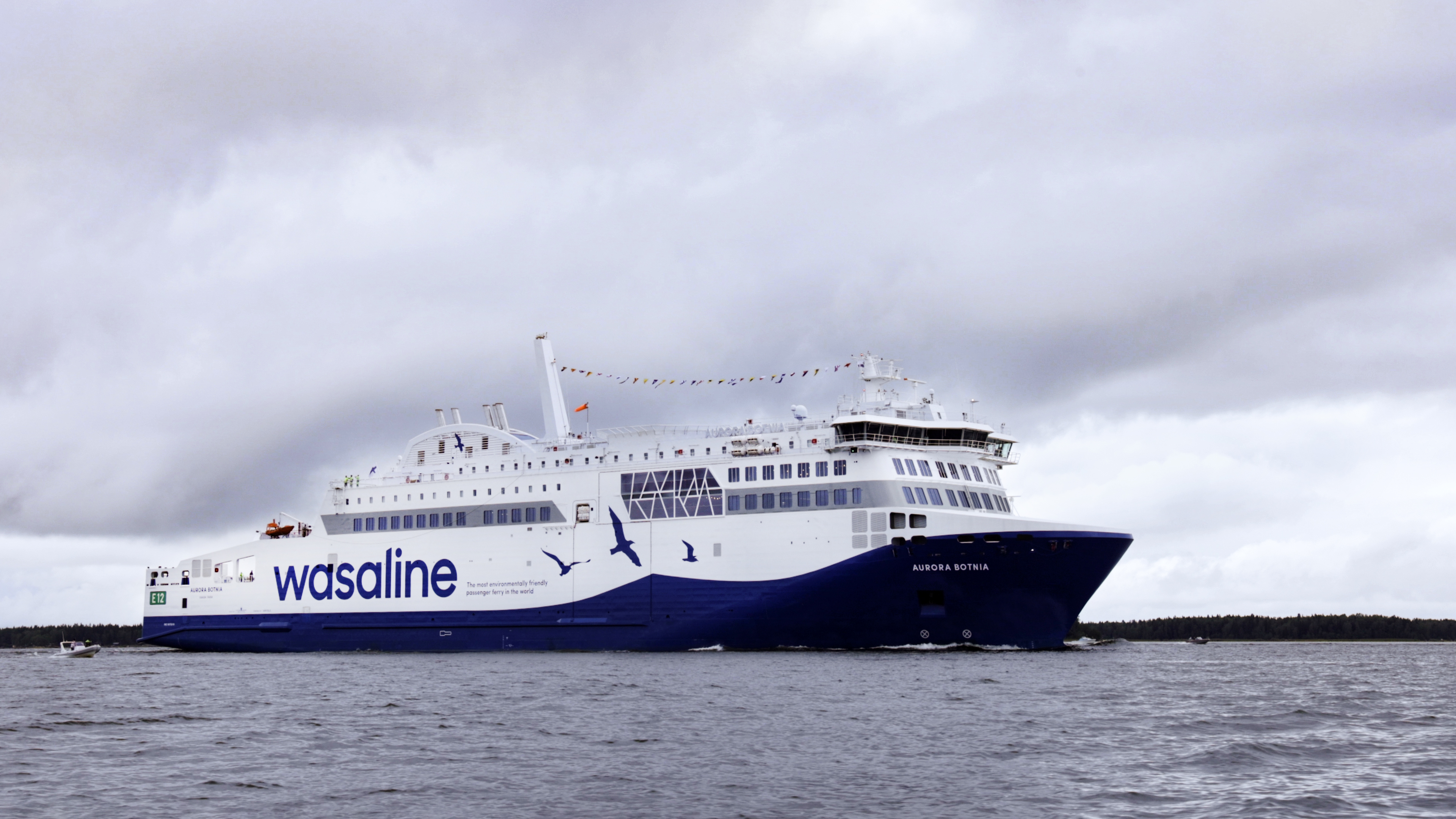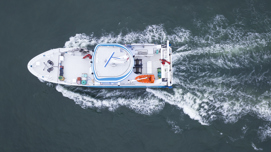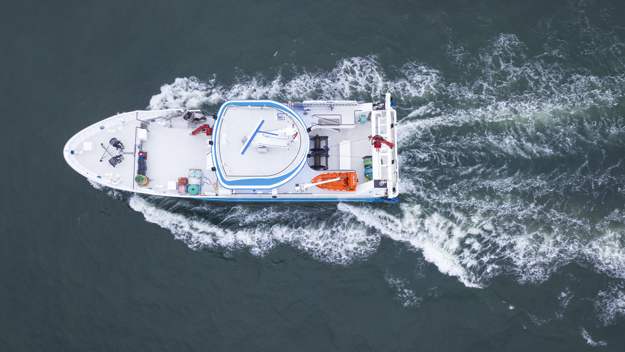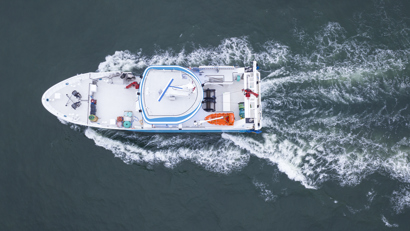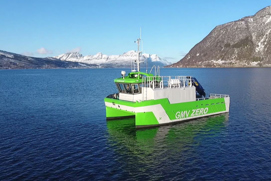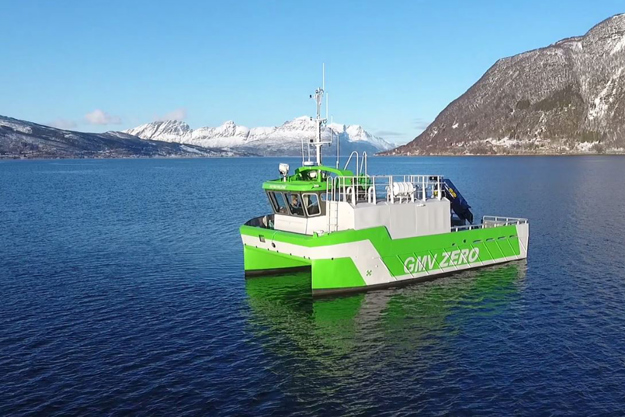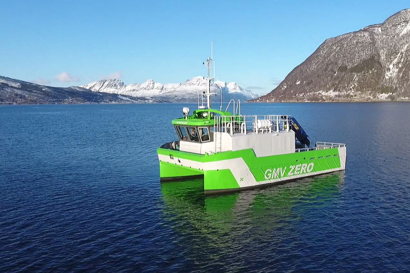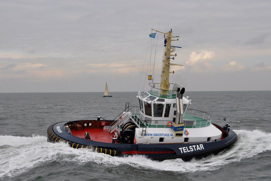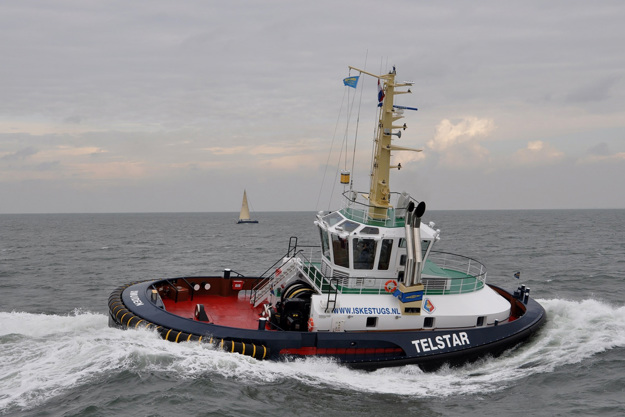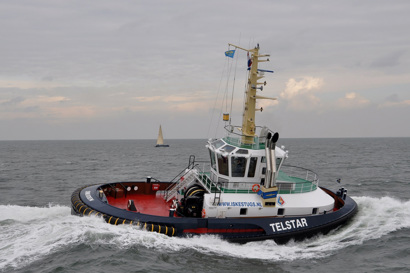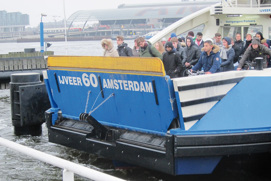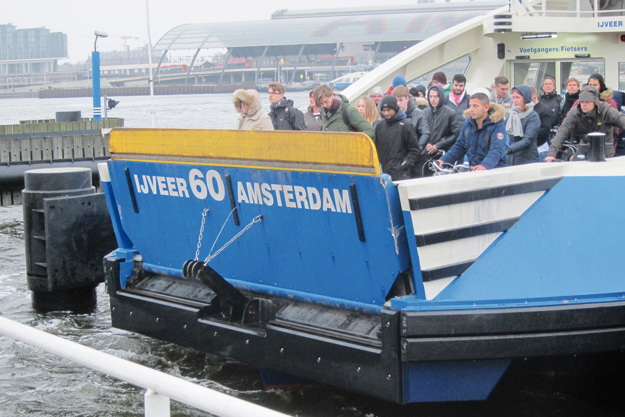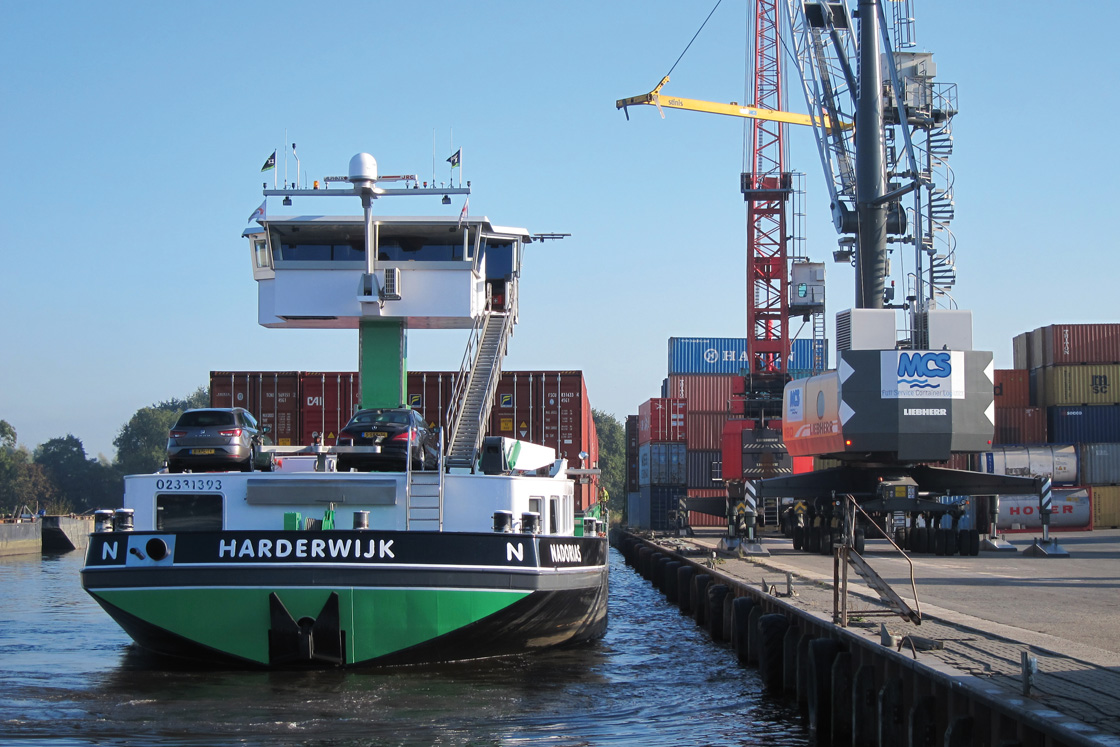
On board the MS Nadorias, the huge potential in converting to hybrid is no longer a vision but a reality. A hybrid retrofit has given this inland container carrier a huge 15% saving not only in fuel, but also in CO2 emission. Since the main diesel engine now runs much less, there is 60% less maintenance cost and higher uptime than for its identical sister ship.
For five years the MS Nadorias serviced the inland waterways of the Netherlands, powered by single diesel engine with a conventional direct drive to a single propellor. However an analysis showed that for 60% of the time the ship only needed a fraction of the full engine power. There was a big potential for fuel savings by converting to a diesel electric hybrid propulsion system with 2 smaller generators – and this potential has now been realized.
The brothers Dominic and Sebastiaan van der Meer and their business partner Edwin Groen who own the company together are very satisfied with the new propulsion system:
“We save more than 15% on fuel due to the hybrid propulsion system. The ship is travelling on the same route before and after the conversion and we have been able to compare the fuel consumption over a long period. The ship runs 98% of the time in electric mode and the crew has become very skilled in operating the ship in economy mode without the need for “full throttle”.
As another positive side effect, the ship is extremely quiet, because the two generators are located far away from the bridge and accommodation area. We went from a noise level of 60 dBA in the wheelhouse to just 42 dBA, which is really quiet.”
Compact solution
The retrofit had its challenges however. One of the main hurdles was finding space in the engine room.
Koedood Dieselservice BV and Hybrid Ship Propulsion BV (HSP) performed the retrofitting project. They solved the space problem by replacing the original main engine with a new compact system comprising new engine and a high torque shaft motor. The two new generators were placed in the bow of the ship and the electrical power was fed back to engine room at the stern through two new cables. The generators can run either as single units or in parallel.
Impressive benefits
The benefits of the conversion to hybrid are impressive:
- 15% reduction of fuel consumption, which results in both reduced greenhouse gas emissions and reduced fuel expenses
- 60% reduction in maintenance costs
- Less noise on board the vessel
- Demonstration of the effectiveness of hybridization in inland shipping
All power conversion installations
-
if (isSmallPicture) {


 Aurora Botnia: Världens första färja som drivs med iC7-Marine
Aurora Botnia: Världens första färja som drivs med iC7-MarineFINLAND: Bil- och passagerarfärjan Aurora Botnia är utrustad med ett hybridelektriskt framdrivningssystem som drivs av vätskekylda iC7-frekvensomriktare från Danfoss.
-
if (isSmallPicture) {


 Avkarbonisering av nästa generations utbildningsfartyg, Skulebas
Avkarbonisering av nästa generations utbildningsfartyg, SkulebasNORGE: Det nya utbildningsfartyget på fiskeriskolan i Måløy använder mindre diesel och släpper ut mindre CO2, samtidigt som det uppfyller fiskeindustrins stränga krav.
-
if (isSmallPicture) {


 Elektrisk arbetsbåt säger adjö till NOx - utsläpp
Elektrisk arbetsbåt säger adjö till NOx - utsläppDetta är en av världens första helt elektriska arbetsbåtar – konstruerad och byggd av Grovfjord Mekaniske Verksted i Norge. Den har ingen bullrig motor, avger inga dieselångor, ger noll utsläpp och är extremt lättstyrd. Detta är elektrifiering till havs – och frekvensomriktare från Danfoss har bidragit till att förverkliga det.
-
if (isSmallPicture) {


 Adjö till NOx-partiklar
Adjö till NOx-partiklarGrovfjord Mekaniske Verksted i Norge has utformat en av världens första helt eldrivna arbetsbåtar. Inget motorbuller, inga dieselångor och noll utsläpp. Detta är elektrifiering till havs, och frekvensomriktare från Danfoss har bidragit till att förverkliga det.
-
if (isSmallPicture) {


 Hybrid powertrain improves tugboat economy and maneuverability
Hybrid powertrain improves tugboat economy and maneuverabilityThe Telstar saves 20% on operating costs compared to traditional tugboats.
-
if (isSmallPicture) {


 VACON® drives power hybrid ferries 24/7
VACON® drives power hybrid ferries 24/7Passenger ferries bridge Amsterdam’s IJ River, keeping the city connected around the clock. Hybrid propulsion powered by VACON® drives ensures 24/7 uptime, smaller generator size, better air quality, less noise and easy maneuverability of the vessels.

